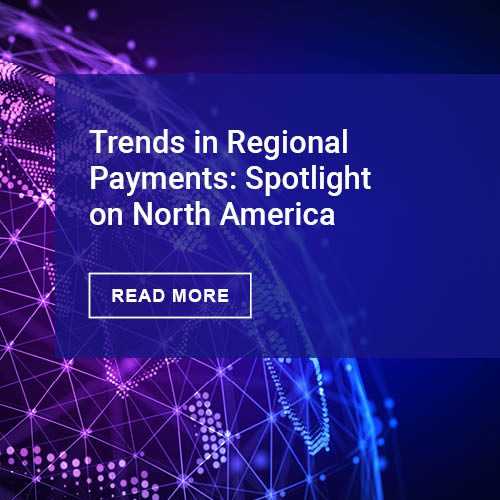Over the past few months, banks and other financial institutions have gone through massive changes. Customers are asking new questions about credits lines and payment policies and exhibiting different behaviors, such as drawing money from once never-touched savings accounts. Meanwhile, customer service representatives are grappling with new channels and working remotely, as services that used to be conducted in person have now gone digital.
Amidst all this change, financial organizations are also navigating an unprecedented increase in fraudulent activity as bad actors seek to take advantage of the digital channels both consumers and businesses are now solely relying on. A recent report shows that 80% of Certified Fraud Examiners say fraud levels rise in times of economic distress. This is largely due to the fact that when the way we live and work changes, fraud thrives. Career fraudsters know how to adapt their operations to exploit new opportunities, and financial institutions must be prepared.
It is critical that financial institutions understand this new fraud landscape in order to effectively protect consumers. Here are the instances where financial organizations are potentially more susceptible due to the current disruptions—and how they can prevent attacks from happening.
Fraud is both an external and internal issue
Disruption drives people to seek answers from the financial organizations they rely on, reactivate old accounts, sign up for emergency schemes, question refund policies and check stock levels. These changes in behavior give criminals the cover they need to commit fraud.
An experienced fraudster will change tactics in times of disruption, adjusting the focus and nature of their operations. Fraudsters know that customer service representatives are under increased pressure and are more susceptible to social engineering. What’s more, fraudsters know that their suspicious behavior is harder to spot. With regular customers behaving in irregular ways, fraud management teams face higher workloads, and are likely to take longer to detect suspicious activity, especially in newly used digital channels.
However, it’s not only professional criminals that threaten banks and financial institutions during times of disruption. It’s trusted members of the service organization, and even customers themselves.
Disruption can provide both the opportunity and the financial pressure needed for formerly honest service agents to defraud the companies they work for. The opportunity can come from changes to ordinary working life – for example, a move to remote working, away from the gaze of supervisors and the policies and culture of a physical location. It can also come from diminished internal checks. Audit and compliance departments are often the first to be cut by organizations facing adverse conditions.
Many customers will be feeling increased financial pressures, too. In these extreme circumstances, customers are more likely to cross the line into criminal behavior – whether it’s committing chargeback fraud or applying for aid they know they’re not eligible to receive.
Safeguarding your institution
Technology is especially key when it comes to minimizing the additional opportunities for fraud created by disruption. It can help remove personally identifiable customer information from agent screens and even proactively identify known fraudsters and newly dishonest customers. As more business is conducted over digital channels, organizations must ensure that those channels are protected against fraud.
Old methods of authentication – such as passwords, PINs or even bank account numbers – can easily be obtained by fraudsters on the dark web. Forward-thinking organizations need to consider adding an extra layer of protection into their security systems.
There are technology solutions out there that specifically target bad actors – both external and internal – to help banks and other financial institutions more effectively prevent fraud. AI in its many forms has proven to be extremely useful when it comes to fraud prevention, by using algorithms to determine whether activity should be deemed suspicious. Other forms of AI, such as biometrics, can use voice and behavioral techniques to identify legitimate customers through their individual biological makeup or through information that can be augmented from external factors – such as the device print or location. In many organizations, credibility detection is also gaining traction. These technology-driven safeguards give companies the level of protection that their customers need – especially given the current state of the world.
Focusing fraud detection and prevention efforts on individuals committing fraud instead of suspicious behaviors also makes the workload more manageable for fraud analysts. In times of disruption, legitimate customers behaving erratically will trigger fraud detection rules and increase the false/positive of traditional systems significantly. Fraud detection based on biometrics mitigates that effect and helps stay focused on the fraudsters themselves, reducing the variance in workload and maintaining optimal operations for the fraud teams, whether they work on premise or from home. While no one could have predicted the pandemic and its lasting effects, financial organizations can take steps to prepare for fraud and other threats as they continue to navigate this strange new world. By investing in the right technology solutions, companies can set themselves up for success, keeping losses to a minimum and earning customer trust.












